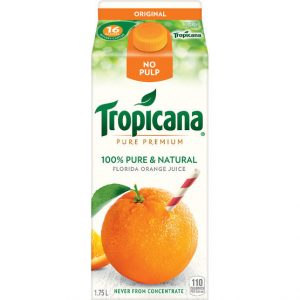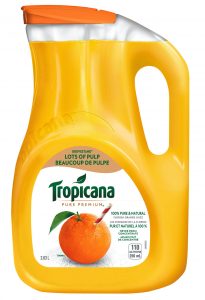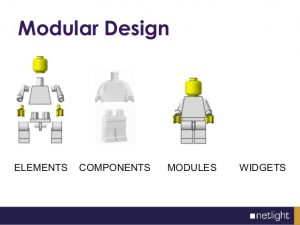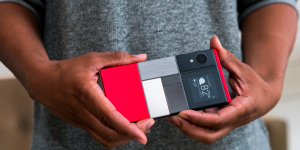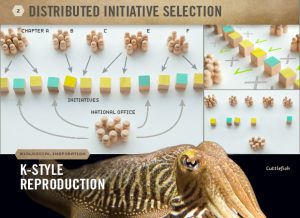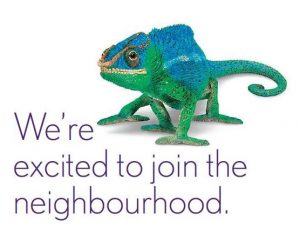One of the tools we learn about in Environmental Science that overlaps with Business is the Life Cycle Analysis. It is commonly used to assess a product or project throughout its entire lifespan from the procurement of materials to the disposal of the product or completion of a project to help determine all of the environmental impacts it may cause. Environmental consultants use it all the time to weigh the costs and benefits of alternative projects. Likewise, businesses can use it to look at how sustainable their products are and to assess where inefficiencies lie in their supply chain.
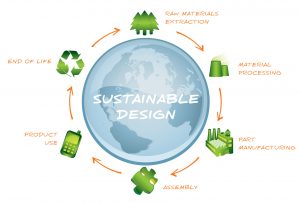
Recently, I’ve felt like I’ve had my world turned upside down through what these Life Cycle Analyses end up revealing. Many of the products that I had once thought of as environmentally friendly have turned out to be the very opposite. Green washing claims, eco labels, social norms and companies boasting minor green achievements have all blurred the lines into what is believable and credible. For example buying locally grown foods at my grocery store makes me feel better about my purchasing habits. Yet I recently found out that out of season fruits that have to be grown in a greenhouse actually requires far more energy than it does to ship food from California. Reading the Sustainable Materials Management Coalition and learning that those thin non-disposable plastic packaging slips are actually more sustainable than the recyclable cardboard boxes was an astonishing revelation for me. Conventionally we think of any form of plastic as being unsustainable, yet the reality is that using the recyclable packaging actually requires a greater amount of resources and makes shipping less efficient. But when it comes down to it, its not just about whats most sustainable.
Companies continue to use these cardboard boxes because of they want to avoid any backlash that would be received from concerned but uninformed consumers. Like wise, in one of my other classes we read an article describing the results of various LCA studies. While they pointed to positive examples like how aluminum is one of the best re-useable materials available as it has a 90% reclamation rate, they also highlighted occasions where sustainability was passed over in favour of other priorities. In particular they went into detail about the debate of plastic juice bottles vs the carton boxes. The company behind Tropicana orange juice wanted to find out which of these 2 option were more sustainable so they performed rigorous studies to evaluate the entire life cycle of both options. You probably already know the results of their findings. The carton boxes beat out the plastic packaging in almost every category and so Tropicana continues to use their carton boxes. They continued this trend towards sustainability up until their competitor started selling orange juice in big plastic bottles. It turns out that consumers would choose the plastic bottles because they could see the actual orange juice, making it more tangible for them. As Tropicana started to lose out on market share, they abandoned their more sustainable packaging in favour of the see through plastic bottles. While not much can be done to change the result, this unfortunate conclusion serves as a reminder that businesses must ensure that quality is not compromised. At the end of the day we need to really consider the entire life cycle of the things we use despite whatever sustainable claims companies make.
